Intro
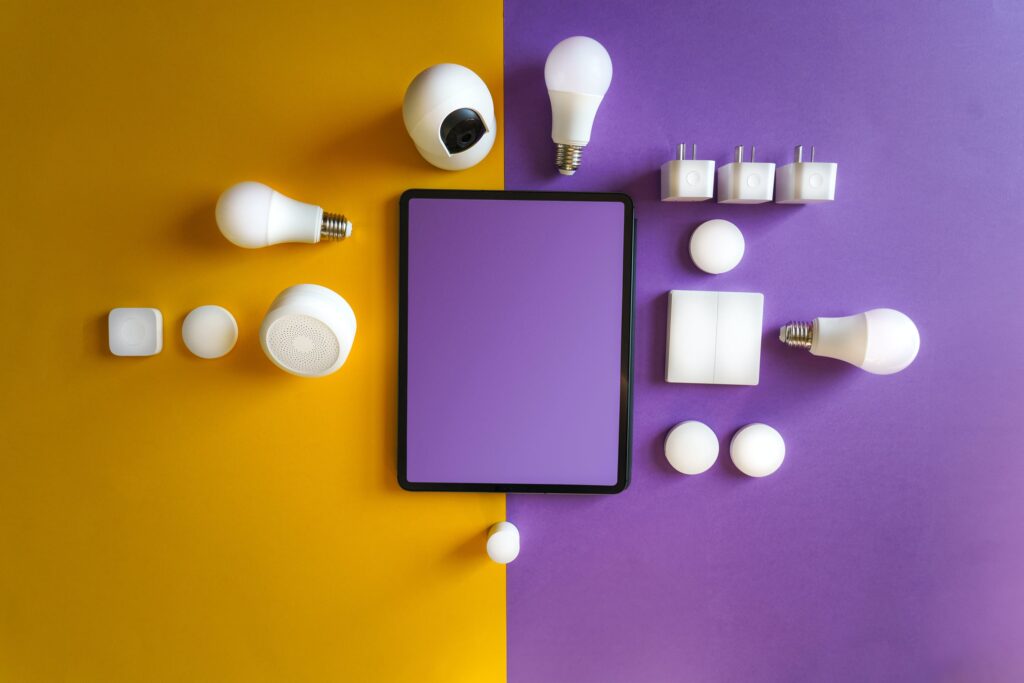
Welcome to the future of home living: the Internet of Things (IoT). With technology constantly evolving, it’s no surprise that our homes are becoming smarter and more connected than ever before.
The integration of Internet of Things devices into our daily lives is transforming the way we interact with our homes, making them more convenient, efficient, and secure. From controlling the temperature with a simple voice command to monitoring our homes while we’re away, the possibilities are endless with Internet of Things at home. In this guide, we’ll explore the world of smart living and how Internet of Things is revolutionizing home automation. Get ready to experience a whole new level of comfort and convenience with Internet of Things at home.
Understanding Internet of Things and its Role in Home Automation
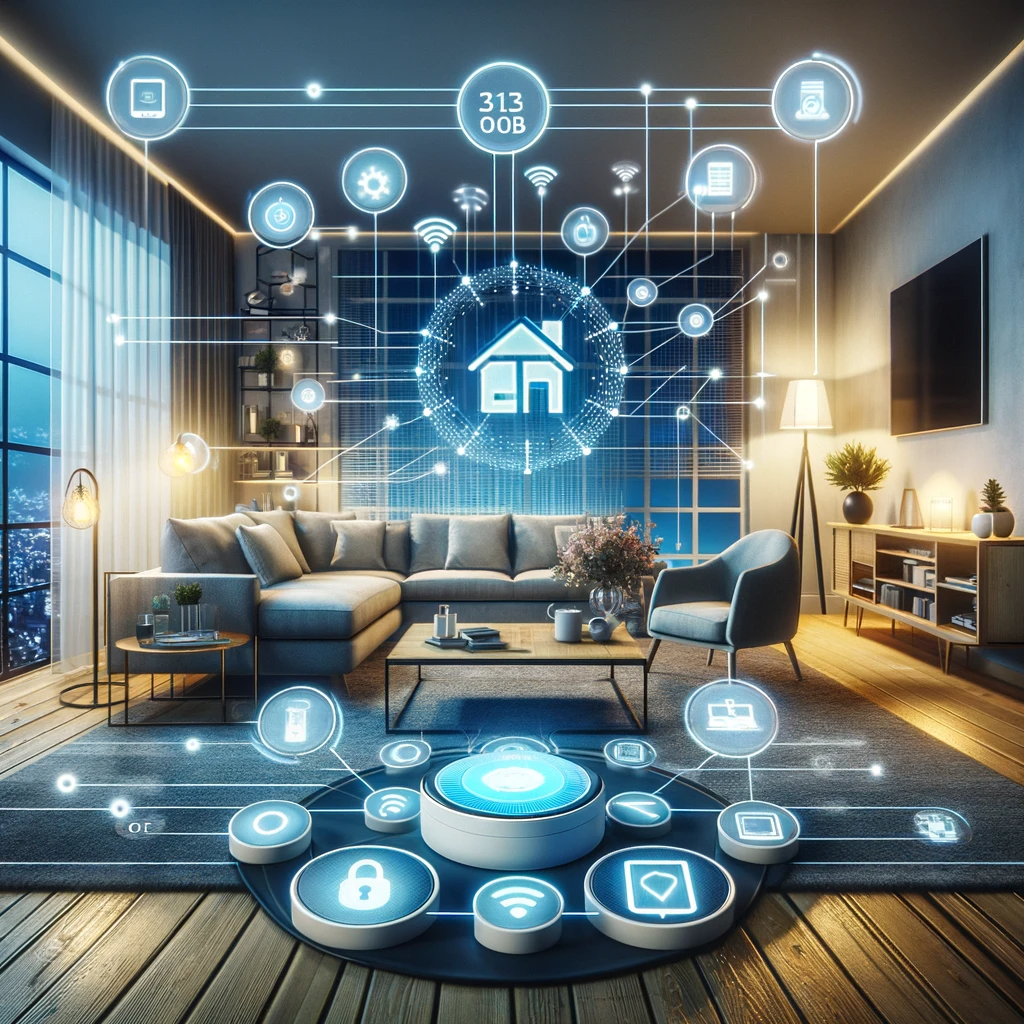
Welcome to the world of Internet of Things and its role in revolutionizing home automation. IoT, short for the Internet of Things, refers to the network of physical devices, vehicles, appliances, and other objects embedded with sensors, software, and connectivity that enables them to connect and exchange data. In simpler terms, it’s the interconnectivity of devices that allows them to communicate and work together seamlessly.
So, how does Internet of Things fit into the realm of home automation? Well, imagine a home where everything is interconnected, from your smart thermostat and lighting system to your security cameras and kitchen appliances. With Internet of Things, all of these devices can be controlled and monitored remotely, making your home not only smarter but more efficient and convenient.
One of the key components of Internet of Things is the IoT platform, which acts as a bridge between the devices and the applications that control them. Companies like AWS IoT, Google Cloud IoT, IBM IoT, and Hologram IoT offer robust IoT platforms that enable developers and users to connect, manage, and analyze their IoT devices and data. These platforms provide a wide range of tools and services to build and deploy IoT solutions, making it easier for homeowners to embrace the benefits of smart living.
The advancements in IoT technology have paved the way for a vast array of internet-connected devices specifically designed for home automation. From smart thermostats that learn your temperature preferences and adjust accordingly to smart lighting systems that can be controlled remotely, the options are endless. You can even find IoT-enabled kitchen appliances that can be controlled with your voice or through smartphone apps, allowing you to cook a meal without even stepping foot in the kitchen.
But it’s not just about convenience and efficiency. IoT also has a significant impact on home security. With IoT-enabled security cameras and doorbell cameras, you can monitor your home in real-time from anywhere in the world. Combined with IoT analytics and 5G connectivity, these devices can detect suspicious activities and send alerts directly to your smartphone, ensuring the safety of your home and loved ones.
The future of smart homes and IoT is undoubtedly promising. As technology continues to advance, we can expect to see even more innovative IoT applications and devices that will further enhance our daily lives. From fully automated homes that anticipate our needs to sustainable IoT solutions that help us reduce our environmental footprint, the possibilities are truly endless.
However, with the benefits of IoT and home automation also come challenges and concerns. From privacy and data security to the interoperability of devices, there are still hurdles to overcome.
The Dawn of Smarter Living with Internet of Things
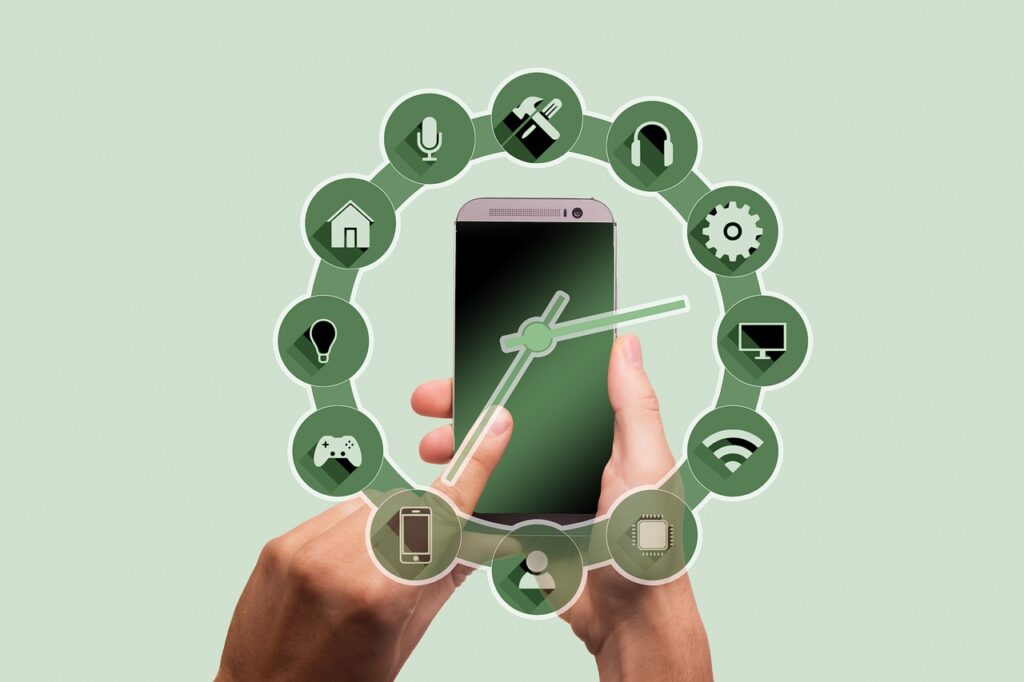
The dawn of smarter living with IoT is upon us, and it’s an exciting time to be a homeowner. The Internet of Things has transformed our homes into intelligent spaces where devices seamlessly communicate and work together to make our lives easier and more convenient.
With IoT, the possibilities are truly endless. Imagine waking up to your smart alarm clock that not only wakes you up gently with soft music but also adjusts the lighting in your bedroom to mimic the rising sun. As you get ready for the day, your smart mirror displays your calendar and weather updates while reminding you of your morning appointments.
Heading to the kitchen, you find that your coffee maker has already brewed a fresh cup of joe based on your regular schedule. And if you forgot to turn off the stove, don’t worry – your IoT-enabled stove will send you an alert and even shut off automatically if no one is present.
But it’s not just about convenience. IoT has also opened up new possibilities for sustainable living. Smart thermostats and energy monitoring systems can optimize your home’s energy usage, helping you reduce your environmental footprint and save on utility bills. With the integration of renewable energy sources, such as solar panels and smart grids, we can create more sustainable and self-sufficient homes.
In the industrial sector, IoT is revolutionizing the way businesses operate. From asset tracking to predictive maintenance, industrial IoT has enabled companies to optimize their processes, increase efficiency, and reduce downtime. By connecting machines and equipment to a centralized IoT network, businesses can gather real-time data, analyze it, and make informed decisions that drive productivity and profitability.
The rise of 5G IoT connectivity has further accelerated the adoption of IoT devices and applications. With faster speeds, lower latency, and higher capacity, 5G networks can support a greater number of connected devices, enabling more seamless and immersive experiences. From smart cities to autonomous vehicles, the combination of 5G and IoT will pave the way for even more exciting innovations and advancements in the coming years.
In summary, the dawn of smarter living with IoT has brought us closer to a world where our homes are not just places to live but intelligent spaces that anticipate our needs. From the integration of IoT devices in our daily lives to the industrial applications that are transforming businesses, IoT is reshaping the way we live and work. So, embrace the future of smart living and get ready to experience the endless possibilities of IoT in your own home.
The Impressive Line-Up of IoT-Enabled Devices
Welcome to the impressive line-up of IoT-enabled devices that are transforming the way we live and interact with our homes. With the rise of the Internet of Things (IoT), the possibilities for smart living are truly endless. From everyday devices to innovative projects, IoT has brought a whole new level of convenience and functionality to our homes.
One of the most popular IoT devices is the smart thermostat. Gone are the days of manually adjusting the temperature in your home. With a smart thermostat, you can control the temperature with a simple voice command or through a smartphone app. Not only does this make your home more comfortable, but it also helps you save on energy costs by optimizing your heating and cooling settings.
Another impressive IoT device is the smart lighting system. Imagine being able to control the lights in your home with just a tap on your smartphone. Whether you want to set the mood for a romantic dinner or create a cozy atmosphere for movie night, smart lighting systems allow you to customize your home’s lighting to suit your preferences.
For those who love to cook, IoT has revolutionized the kitchen with smart appliances. From smart refrigerators that can track your groceries and create shopping lists to smart ovens that can be preheated remotely, these devices make cooking and meal planning easier than ever before. With just a few taps on your smartphone, you can have a delicious meal waiting for you when you get home.
But it’s not just everyday devices that are benefiting from IoT. The industrial sector has also seen the rise of the Industrial Internet of Things (IIoT), which aims to optimize processes and increase efficiency in businesses. From asset tracking to predictive maintenance, IIoT has enabled companies to gather real-time data, analyze it, and make informed decisions that drive productivity and profitability.
And with the advent of 5G IoT, we can expect even more impressive devices and applications in the near future. 5G networks offer faster speeds, lower latency, and higher capacity, making it possible to connect even more devices to the IoT network. This opens up a world of possibilities, from smart cities that use IoT to improve infrastructure to autonomous vehicles that rely on IoT connectivity for navigation.
The Impact of Internet of Things on Home Security
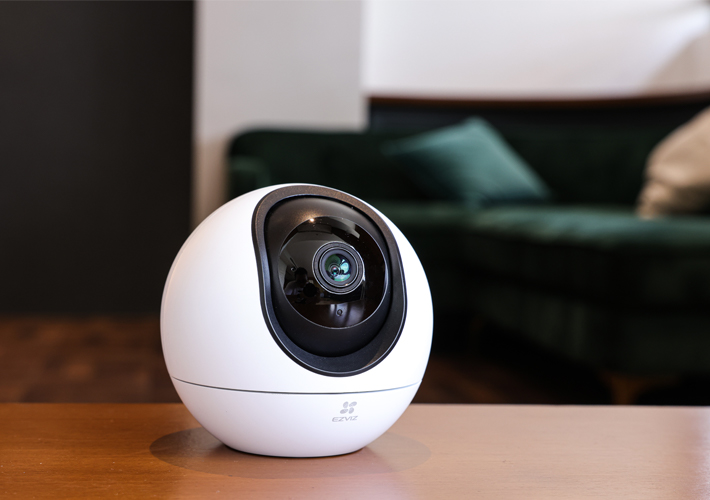
The integration of IoT into our homes has not only made our lives more convenient but also significantly improved home security. The Internet of Things has brought a whole new level of protection and peace of mind to homeowners through innovative IoT-enabled security devices.

One of the key advancements in home security is the use of IoT-enabled security cameras. These cameras provide real-time video monitoring of your home, allowing you to keep an eye on your property no matter where you are. With the ability to access the footage through smartphone apps or web portals, you can monitor your home 24/7 and receive alerts for any suspicious activities. Some cameras even come with built-in facial recognition technology, making it easier to identify and track individuals.

In addition to security cameras, IoT-enabled doorbell cameras have also become popular for enhancing home security. With these devices, you can see and speak to anyone who approaches your door, whether you’re at home or away. The camera’s motion detection capabilities can send alerts to your smartphone, allowing you to quickly respond to any potential threats.
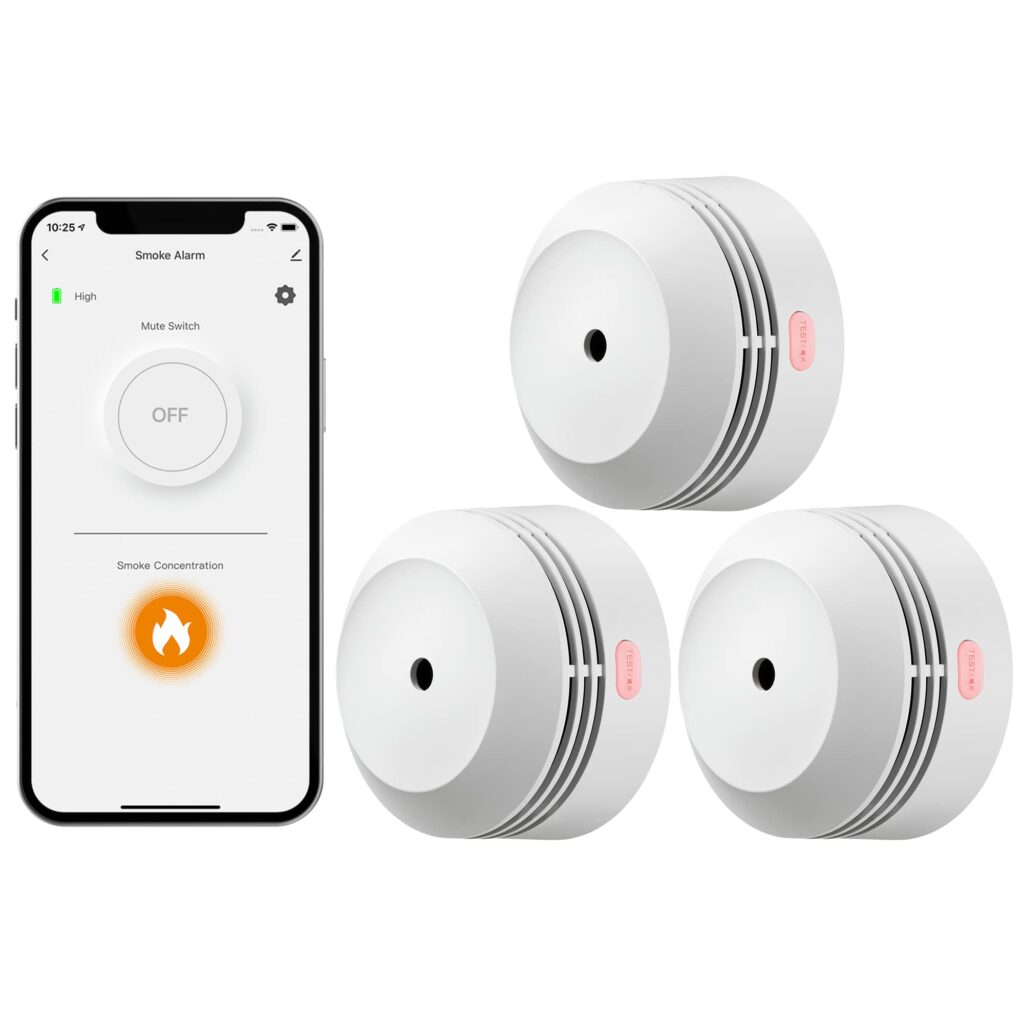
IoT technology has also improved home security through advanced monitoring systems. With the help of IoT-enabled sensors, you can detect unauthorized entry, smoke, fire, or even water leaks in your home. These sensors can send instant alerts to your smartphone, giving you the opportunity to take immediate action and prevent further damage.

Furthermore, IoT analytics and 5G connectivity have greatly enhanced the effectiveness of home security systems. IoT platforms, such as the Arduino IoT Cloud or those offered by other IoT companies, allow for the collection and analysis of data from multiple devices in real-time. This data can be used to create intelligent algorithms that can identify patterns and detect anomalies, enabling proactive security measures.

With the advent of 5G IoT, home security is expected to reach new heights. The increased speed, lower latency, and higher capacity of 5G networks enable faster and more reliable communication between IoT devices. This means quicker response times, better video quality, and enhanced overall security for homeowners.
The Future of Smart Homes and Internet of Things
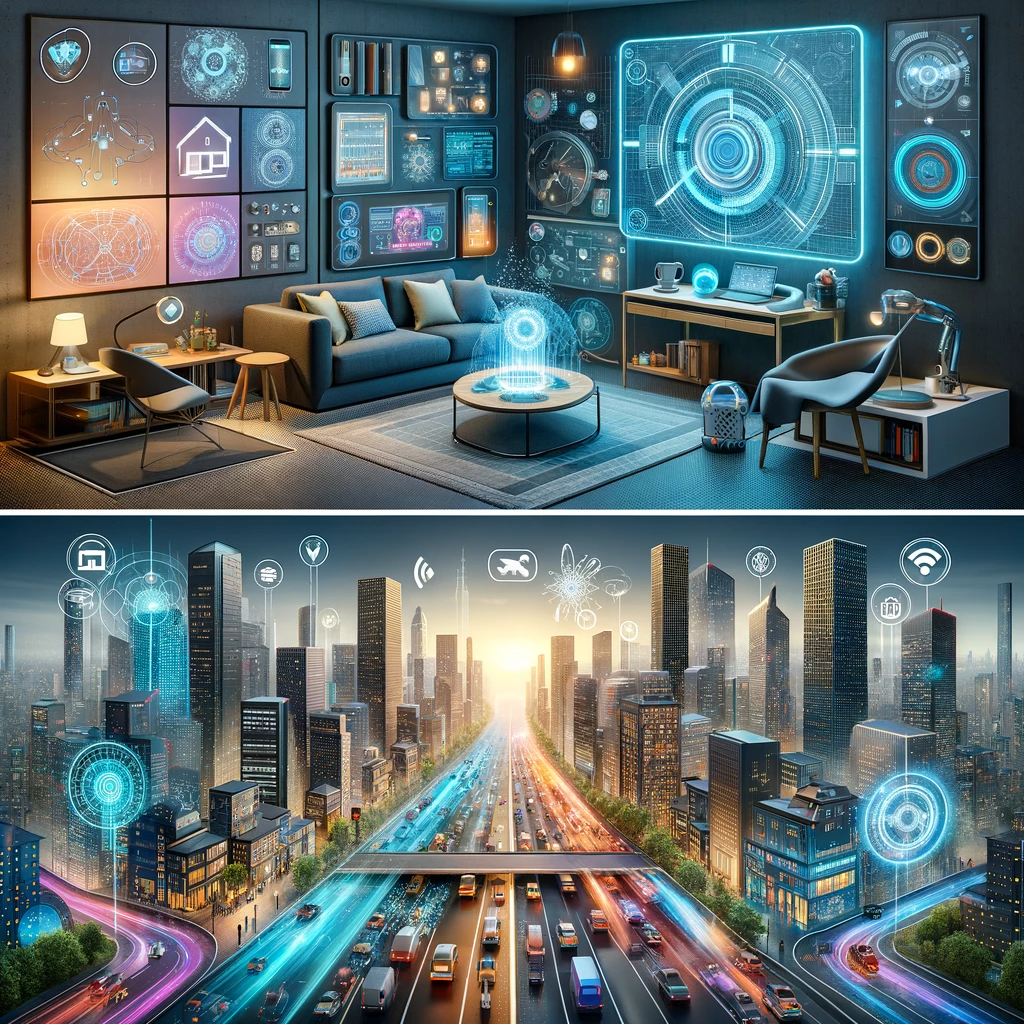
The future of smart homes and IoT is an exciting one, filled with endless possibilities and innovation. As technology continues to advance at a rapid pace, we can expect to see even more impressive IoT projects and Internet of Things devices that will revolutionize the way we live and interact with our homes.
One of the most significant developments in the future of smart homes is the integration of 5G IoT. With the introduction of 5G networks, we can expect faster speeds, lower latency, and higher capacity, allowing for even more connected devices and seamless experiences. Imagine a home where every device, from your smart thermostat to your entertainment system, is connected at lightning-fast speeds, enabling quick and efficient control and automation.
Additionally, we can expect to see a wider range of IoT devices designed specifically for home automation. From smart appliances that can anticipate your needs and automate daily tasks to IoT-enabled health and wellness devices that can monitor your well-being, the possibilities are truly endless. Picture a home that adjusts its lighting and temperature based on your mood, or a refrigerator that can automatically order groceries when you run out of essential items.
IoT will also play a significant role in sustainable living in the future. With smart energy monitoring systems and the integration of renewable energy sources, such as solar panels, smart homes can optimize their energy usage and reduce their environmental footprint. IoT projects focused on creating more sustainable and self-sufficient homes will pave the way for a greener and more eco-friendly future.
As the future of smart homes and IoT unfolds, there will undoubtedly be challenges and concerns to address. Privacy and data security will be critical considerations as more devices become connected and gather sensitive information. Ensuring the interoperability of devices and platforms will also be crucial for seamless integration and user experience.
Challenges and Concerns with Internet of Things and Home Automation
While the integration of IoT into our homes brings countless benefits and exciting possibilities, it also raises important challenges and concerns that need to be addressed. One of the key challenges is ensuring the security and privacy of IoT devices and data. With more devices connected to the internet, there is a higher risk of cyber-attacks and unauthorized access. Manufacturers and developers must prioritize the implementation of robust security measures, such as encryption and authentication protocols, to protect users’ data and ensure the integrity of IoT devices.
Another concern with IoT and home automation is the interoperability of devices. As more devices and platforms enter the market, it is crucial to establish common standards and protocols to enable seamless integration and communication between different IoT devices. This interoperability will allow homeowners to easily control and automate their homes without the hassle of managing multiple incompatible systems.
With the introduction of 5G IoT, there are also concerns regarding network reliability and stability. While 5G promises faster speeds and lower latency, it is essential to ensure that the networks can handle the increasing number of connected devices. Service providers and infrastructure developers need to invest in robust and resilient 5G networks to ensure a smooth and reliable user experience.
The complexity of IoT systems also poses challenges for users. Setting up and managing multiple IoT devices can be overwhelming for homeowners who are not tech-savvy. User-friendly interfaces and clear instructions are essential to enable widespread adoption and ensure that users can fully harness the benefits of IoT in their homes.
Finally, there are concerns about the environmental impact of IoT devices. While IoT can enable energy efficiency and sustainability, the production and disposal of IoT devices can contribute to electronic waste. It is crucial for manufacturers to prioritize sustainable and recyclable materials and for users to dispose of their devices responsibly.
Overall, while the future of smart homes and IoT is incredibly promising, it is essential to address these challenges and concerns to ensure a secure, efficient, and sustainable IoT ecosystem. With the right solutions and collective efforts, we can embrace the benefits of IoT and enjoy a truly smarter and connected future in our homes.
Check out more technology content here.
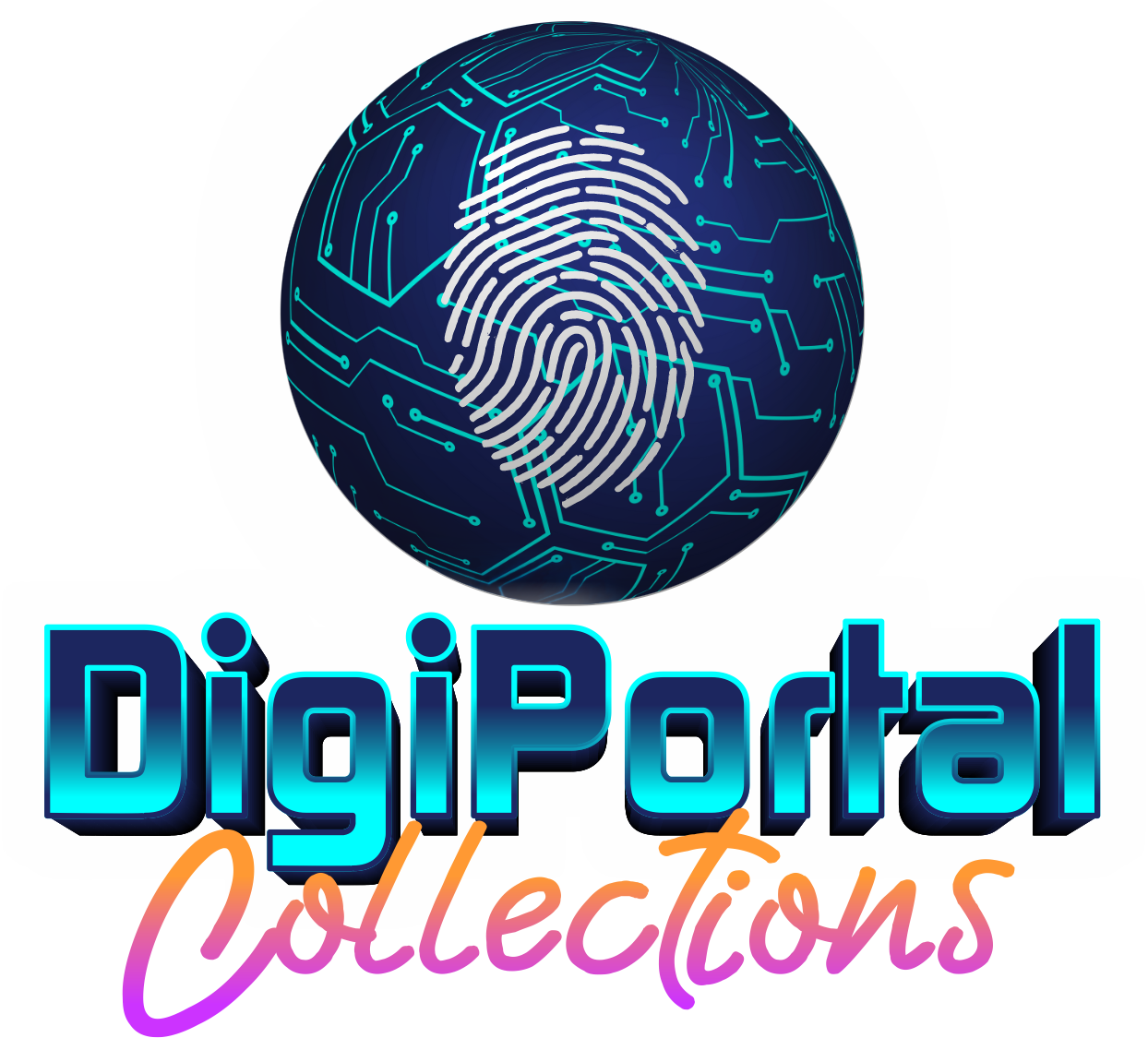
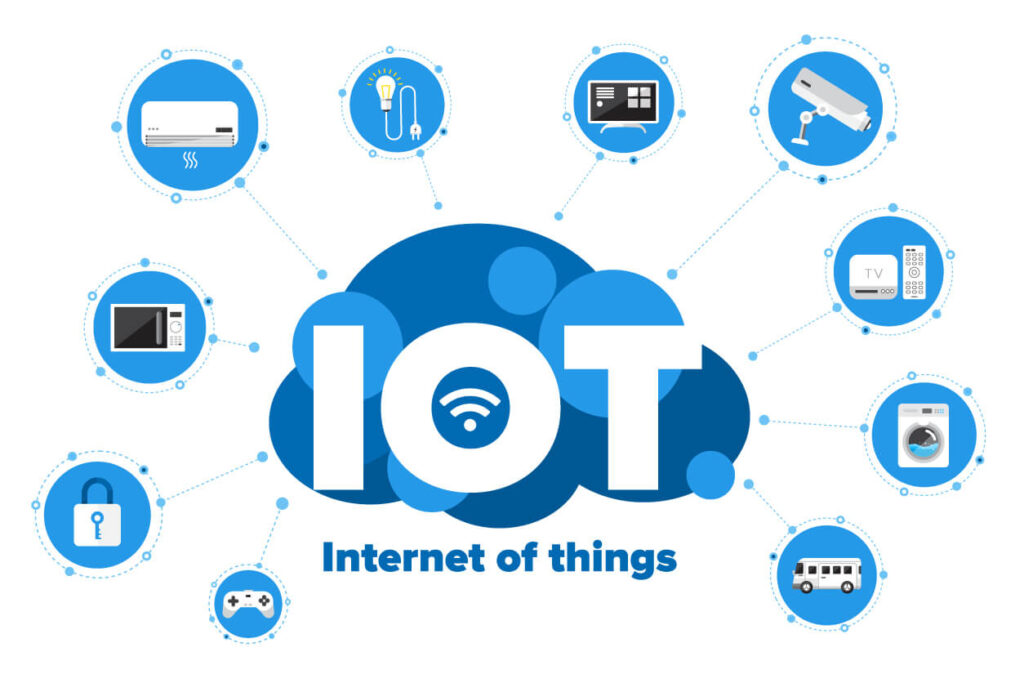
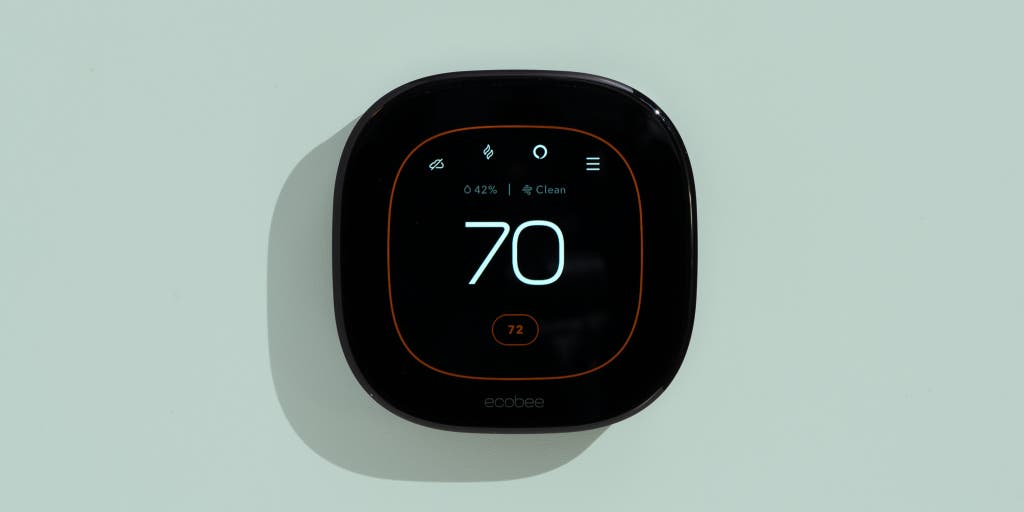
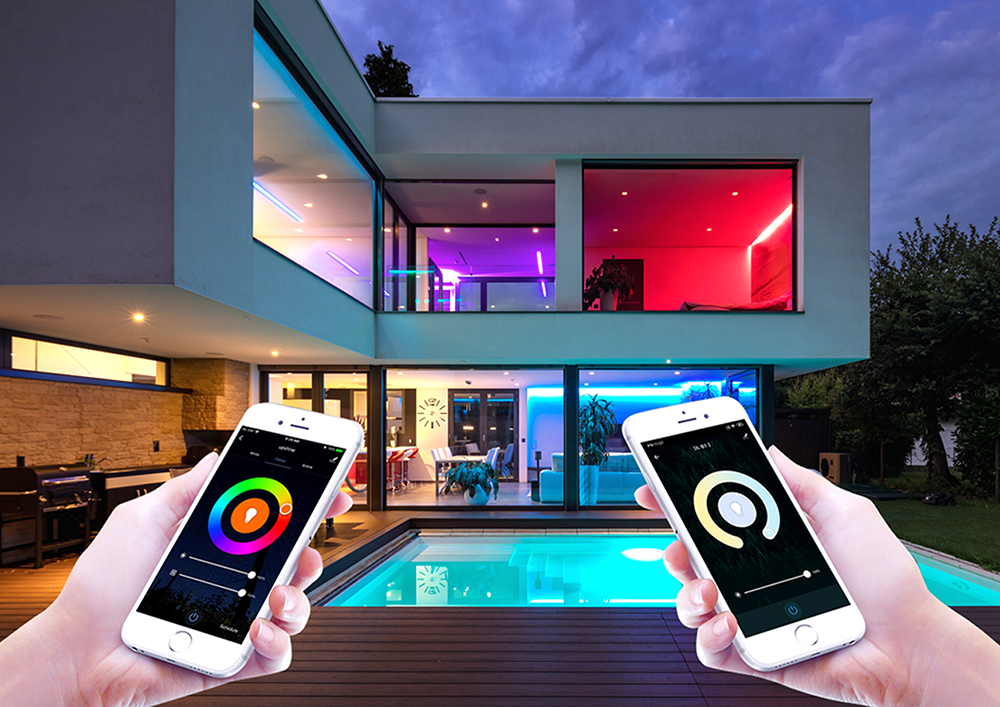
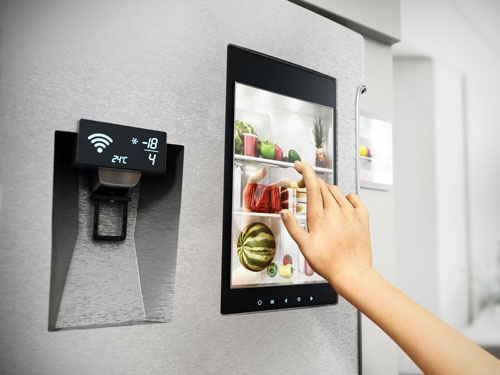
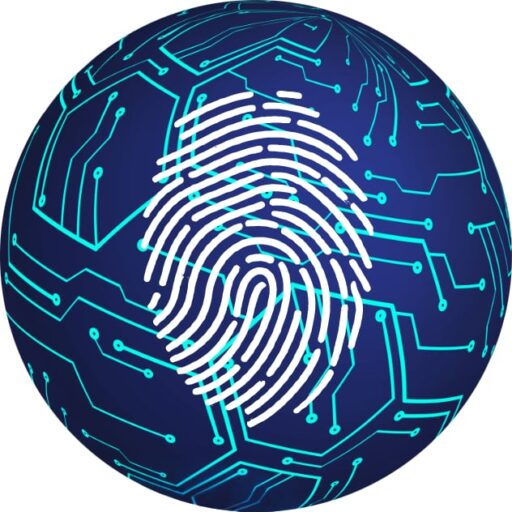

Thanks for sharing. I read many of your blog posts, cool, your blog is very good.
Thank you Dang.
Thank you for your sharing. I am worried that I lack creative ideas. It is your article that makes me full of hope. Thank you. But, I have a question, can you help me?
Sure, what’s your question?